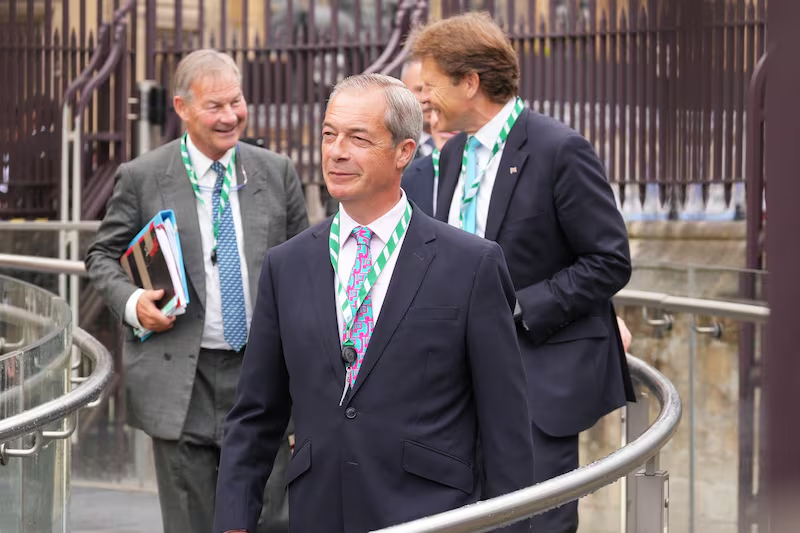For a significant portion of the second World War Northern Ireland was a base for US military forces.
There were navy personnel and marines in Derry, aviators operating flying boats from Lough Erne and army personnel carrying out exercises and passing through on the way to and from Britain and the war in Europe.
This year marks the 80th anniversary of the first American military forces arriving in Northern Ireland, where overall about 300,000 US personnel were present at some point.
Last week the Northern Ireland Bureau, the diplomatic mission of the Northern Ireland executive in Washington, held an event to mark the occasion. This included fresh research by academics at the Air University in Alabama as well as a screening of Mary Pat Kelly’s documentary featuring the personal stories of a number of people who served there with US forces during the war.
The audience heard that even 80 years on there are still links between the US Marine Corps and Derry with serving and wounded personnel making recreational visits there.
Despite the large numbers involved, the history of the US involvement in Northern Ireland has been largely forgotten even within the American military.
Augustine Meaher, assistant professor at the Air University — the centre for professional military education for the US Air and Space forces — said he was working on a course about the European Union and Brexit when he came across a tiny article in a Northern Ireland newspaper about an American aircraft that had crashed there during the war.
The official US military history contained only a paragraph
He wondered about it and asked colleagues but they knew nothing. Scholars he approached in Ireland and the UK were vaguely aware of an American presence during the war but did not have much information.
The official US military history contained only a paragraph.
Meaher said he went to the US air force archives and was informed there were a few boxes but no one had looked at them since they were sealed in 1949. “For a historian that is gold. No one else has written about it and no one else has seen it.”
He said the documents told some amusing stories. There were reports, for example, of difficulties encountered by American troops in navigating the Irish Border.
Meaher said in one instance a lieutenant had taken his men on a forced march when he was told by a “friendly Irish farmer“ they were in the Free State and should head south to return to Northern Ireland.
“The lieutenant refused to believe you could get to Northern Ireland by going south so they proceeded north for a few more miles before a Garda officer told them “they must march south or they would be interned”.
The new research, in particular, looked at Langford Lodge, a base near Belfast, which was used to assemble aircraft shipped in components from the United States and later as a repair facility.
The base seemed ahead of its time in that it was not operated directly by the US army air force but rather at arm’s length by a private contractor. An early example of military outsourcing.
Curiously the research found the origins of the Langford Lodge base went back to before the US’s entry into the war.
Assistant professor at the Air University Robert Clemm said it was run by a subsidiary of the Lockheed aircraft manufacturing company, which was set up and started doing work in the era of lend-lease when the Roosevelt administration loaned military equipment to the UK. He said the research showed “the private military corporation that is all the rage now is not as new as we think”.
Meaher said during construction and later when it became operational, workers at the base were drawn from North and South.
The army air force did not seem to want to know
He said special trains were arranged to bring some workers from across the Border. A lot of employees, he said, were women who were trained by Lockheed to do whatever was needed.
He said the records include a report of someone raising concerns about the employment of personnel from a neutral country in a war-time base.
But the army air force did not seem to want to know. “The air force’s answer was we do not employ neutrals. We have contracted it to Lockheed. Lockheed has to comply with our security regulations but that is it.”
Director of the Northern Ireland Bureau Andrew Elliott said the Alabama academics had first approached him about their research and this had ultimately led to the event last week, which also sought to mark the 80th anniversary of the first arrival of US forces in Northern Ireland.
He said the whole story offered a different angle, something distinctive relating to Northern Ireland in the United States.















